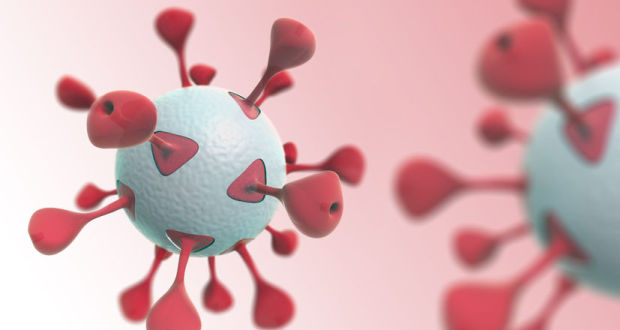There are certain times of the year when bothersome diseases, such as colds and influenza, become especially commonplace and difficult to avoid. This fact explains why both “flu season” and “cold season” are well known terms. But how do infectious bacteria and viruses jump from person to person so quickly?
Tracking Disease Routes with Radio Signals
To get to the bottom of this question, a 2010 study examined 788 volunteers from a single high school. Students, teachers and various staff all participated in the study. The purpose of this research was to estimate the number of daily events where diseases could possibly be spread. In order to accomplish their goal, the research team asked volunteers to wear devices called motes.
In a nut shell, motes are devices with low-powered computers, sensors and radio links to the outside world. The motes used in the study all had specific tracking numbers, and were connected to lanyard cords worn around the volunteers’ necks. These devices could detect other motes that came within 3 meters (roughly 10 feet) of the front of the subjects’ bodies.
The participants were asked to wear the motes for one full school day. Since these machines were the size of a matchbox, this was a relatively easy task. Upon collecting the devices at the day’s end, the authors used the information they contained to determine how frequently the motes interacted. For the purposes of the study, interactions were defined as when motes were in signaling range of each other for at least twenty seconds.
Too Close for Comfort
Using these criteria, the authors found that their subjects experienced an astounding 762,868 interactions with other motes. Though many of these events were very brief, they would still provide an opportunity for harmful microbes to jump to a new target. The mote data also revealed that such interactions were more likely to occur between classes, right as the subjects migrated from one room to another.
Based on the data yielded from their experiment, the research team reached a few conclusions:
- The number of individual interactions was quite high among the study’s participants. However, the total number of interactions did not vary much from person to person. There were no participants who encountered other motes at a much more frequent clip than their counterparts.
- The researchers argue that diseases spread because groups of people interact with one another. In other words, suppose person “A” bumps into person “B,” who then comes into relatively close proximity with person “C.” According to this theory, it is likely that there will also be an interaction between person “A” and person “C.” Instead of spreading due to random exposure, the study contends that such “closed triangle” networks are the real reason why contagious diseases are able to infect so many people.
 Natural Knowledge 24/7 Educate yourself with nutrition, health and fitness knowledge.
Natural Knowledge 24/7 Educate yourself with nutrition, health and fitness knowledge.






